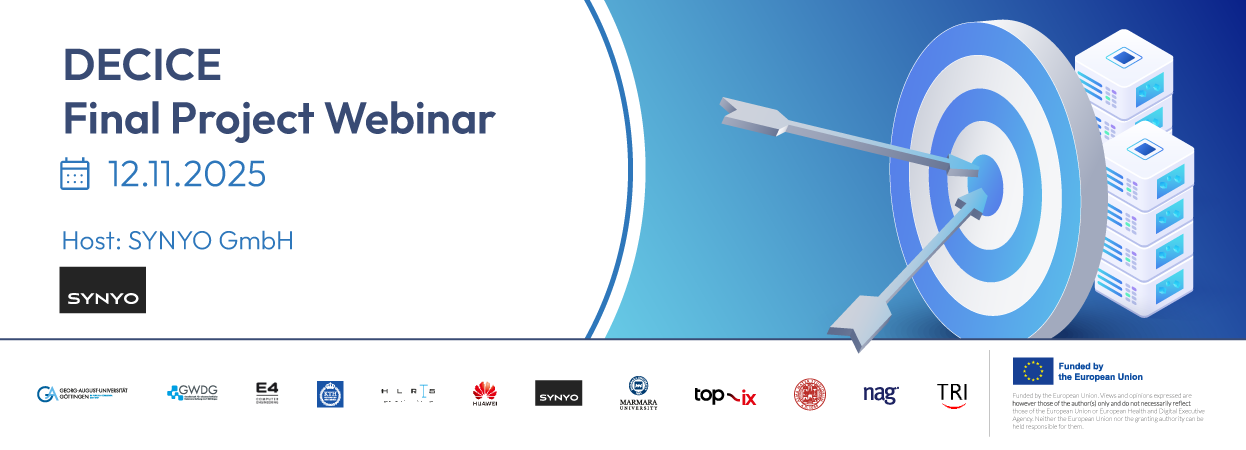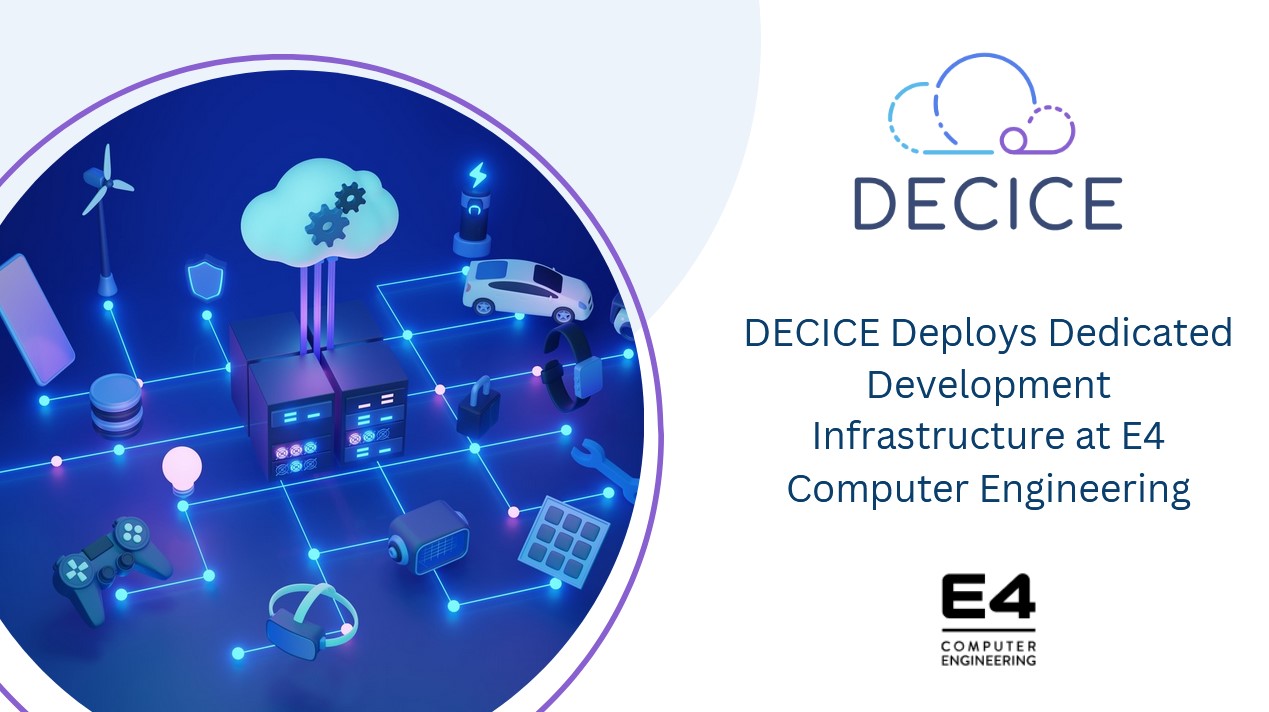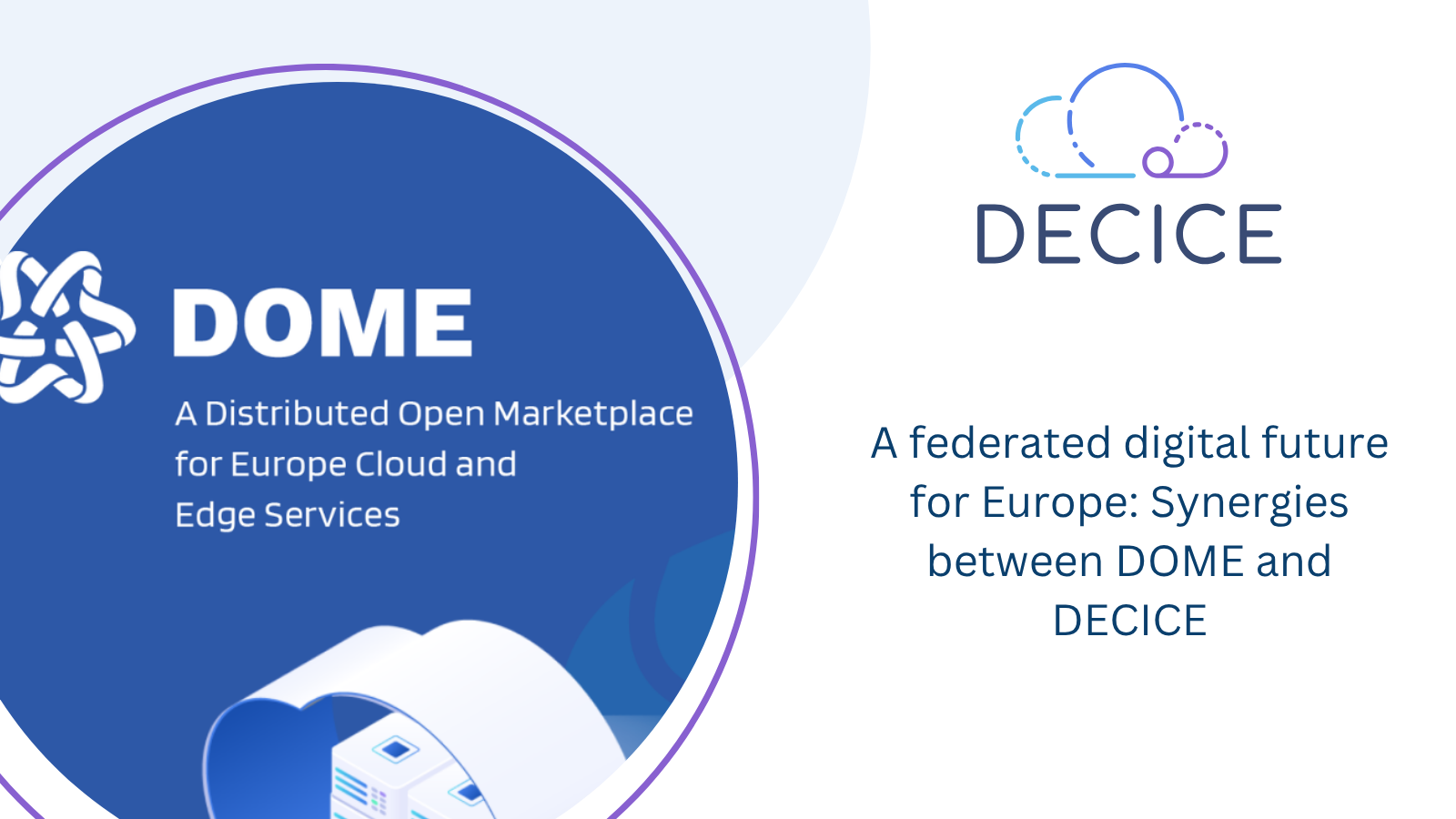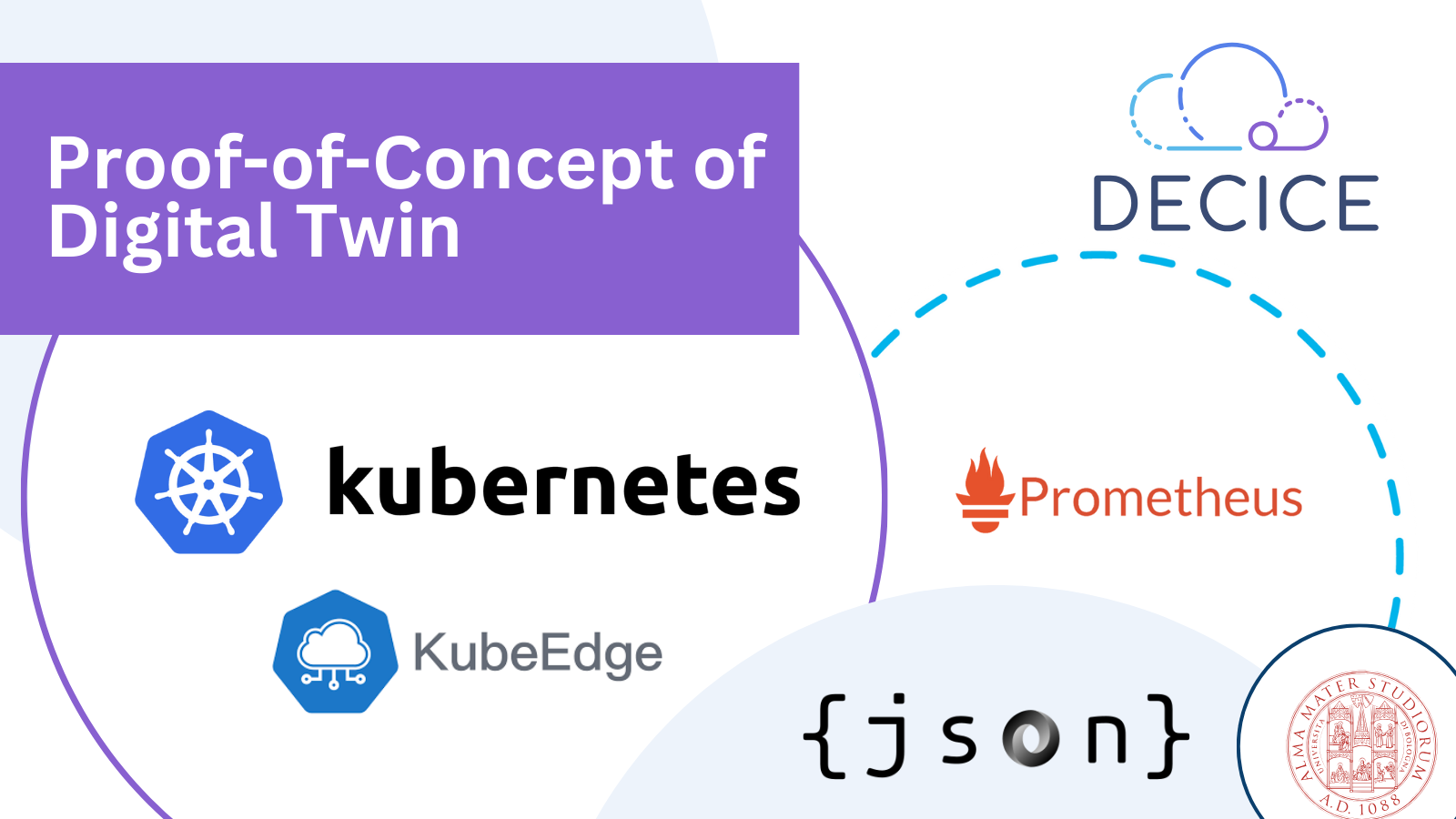
Proof-of-Concept of Digital Twin in DECICE
This proof-of-concept setup demonstrates the functionalities of the various sub-components and highlights potential future developments of the Digital Twin within the Kubernetes ecosystem. In DECICE, the Digital Twin manages interactions between the monitoring system and provides information about the underlying system to other subcomponents of the DECICE framework.
A Digital Twin (DT) is an advanced model that represents the current and historical status of a system. A system managed by the DECICE framework spans across a Compute Continuum, including Cloud, High-Performance Computing (HPC), Edge, and IoT devices. A Digital Twin is a digital representation of an intended or actual real-world physical product, system, or process (a physical/real twin/entity) that serves as the digital counterpart of it for practical purposes, such as simulation, testing, monitoring, forecasting, and maintenance. With respect to DECICE innovation on the management of the Computing Continuum, the digital representation, which is the core of the Digital Twin, can be expanded with additional modules that support visualization, feature extractions, forecasting, and simulation. In this definition of a Digital Twin, there are two main components: (1) the core Digital Twin, and (2) the Digital Twin modules.

The diagram Figure 1 illustrates the interconnected subcomponents of the Digital Twin, which include the Digital Twin Core, as well as three Digital Twin modules: the HTTP Communication API Server, the Machine Learning (ML) Modules, and the Time Series Database. The Digital Twin Core serves as the central hub, collecting data from the monitoring system. After preprocessing, it disseminates the processed data to both the HTTP communication API server and the time series database, facilitating seamless data flow between the components. Within the Digital Twin core, multiple subcomponents are employed to efficiently gather data from the monitoring system. These subcomponents further refine the collected data for insertion into the database or transmission to the HTTP communication API server. The HTTP Communication API Server provides essential tools and patterns for developing RESTful APIs (Representational State Transfer API). This approach simplifies communication between diverse systems over HTTP, ensuring a standardized and straightforward exchange of data. The Digital Twin system also integrates Machine Learning modules, enhancing its capabilities by facilitating the composition of different tools. These modules empower the system with intelligent data analysis, predictive modeling, and decision-making capabilities. Additionally, the system incorporates a time series database, specifically tailored to manage timestamped or time-series data. This specialized database management system optimizes the storage, retrieval, and processing of data points, making it invaluable for applications dealing with temporal data.
The Digital Twin is connected to the monitoring system (metrics storage) and interfacing with its database to aggregate monitoring data. The Virtual Training Environment (VTE) Controller has the capability to trigger a wrapper, prompting it to load specific timestamps or updates into the Digital Twin. The AI-Scheduler accesses the Digital Twin to retrieve the current cluster state in JSON format. Within the high-level architecture of the DECICE framework, there is an anticipated connection between the DECICE Controller Manager and the Digital Twin for triggering data updates. It is important to note that this connection is not yet implemented in the current version of the Digital Twin, but it is planned for future iterations. In the diagram, the ”OUT” represents the GUI and querying capabilities of the database that can be accessed from outside the Digital Twin.
Development and Test Environment
To establish the development and testing environment, a compact Kubernetes cluster has been provisioned on the GWDG cloud system. The cluster comprises three nodes, consisting of one control plane and two worker nodes. This setup is designed to facilitate efficient development and rigorous testing within the context of the DECICE project.
Demonstration
Figures 2 and 3 show examples of a Digital Twin dashboard and the processed data in a Pandas DataFrame. Please note that the numbers displayed are dummy values and are not correct. Additionally, an example JSON file of the output of the Digital Twin can be found at this link.
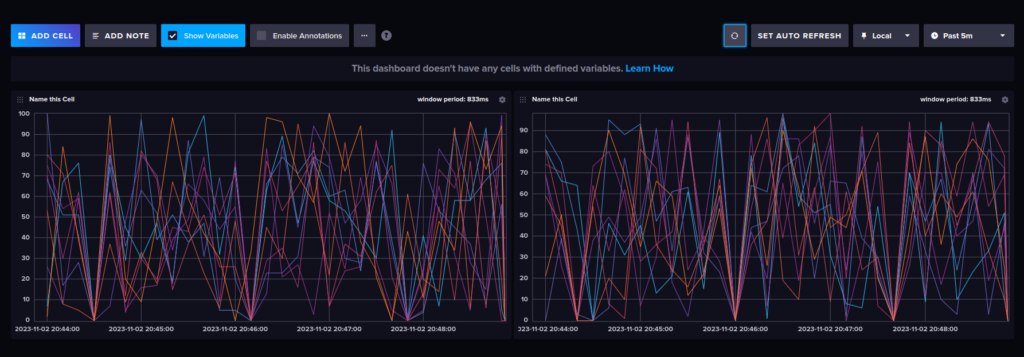
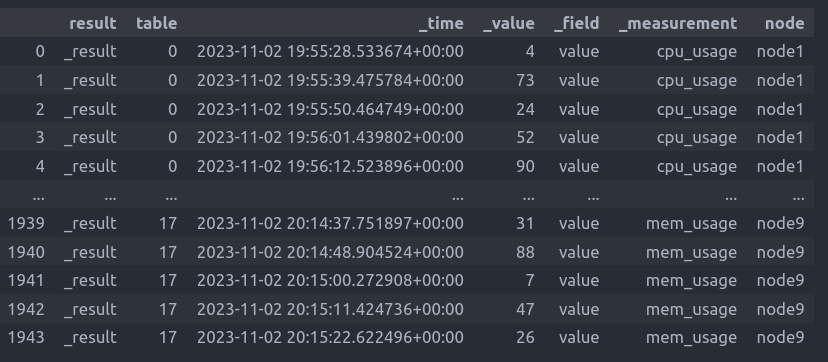
Author: Mohsen Seyedkazemi Ardebili (UNIBO)
Links
Alma Mater Studiorum – Universita di Bologna: https://www.unibo.it/en/
See also the News Article about “Digital Twin”: https://www.decice.eu/project-news/digital-twin/
Keywords
DECICE, Digital Twin, Kubernetes, KubeEdge, Prometheus, Monitoring, Time Series Database
